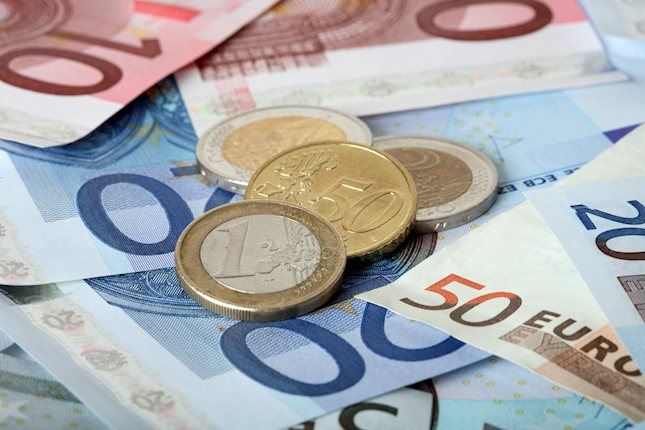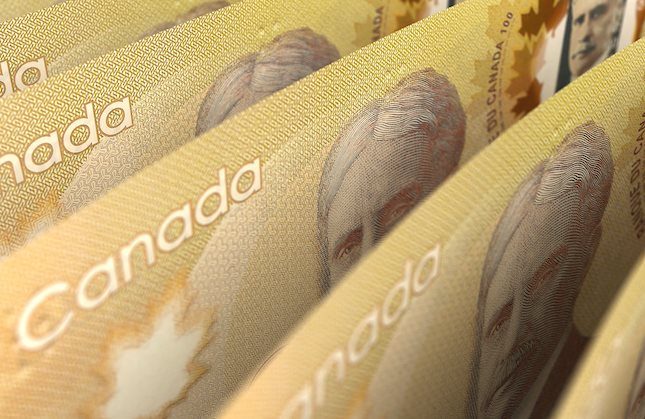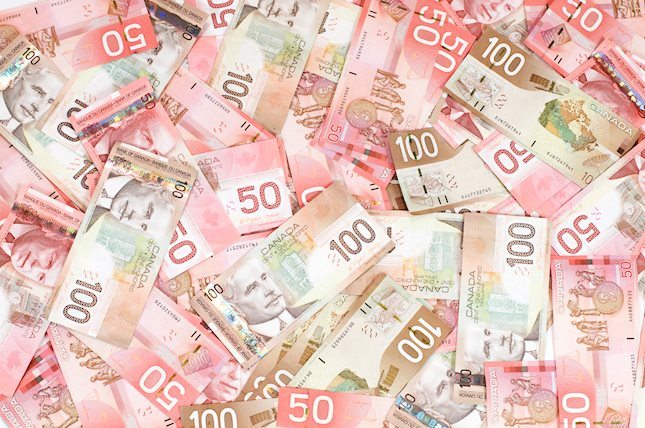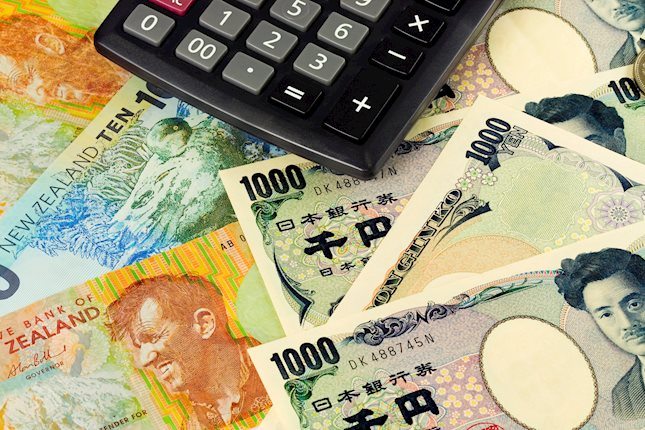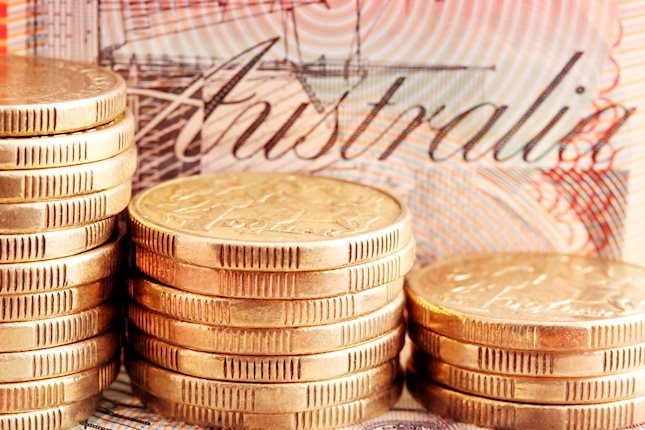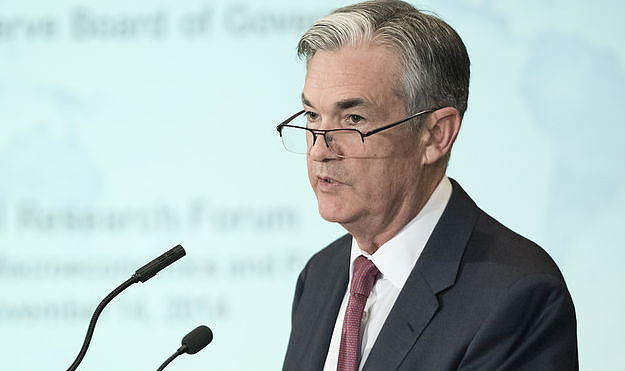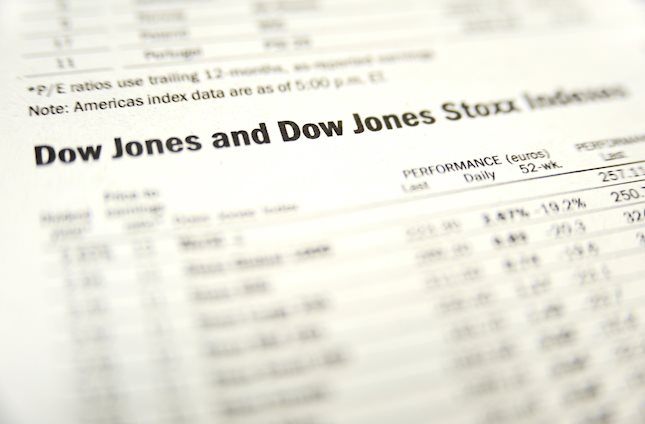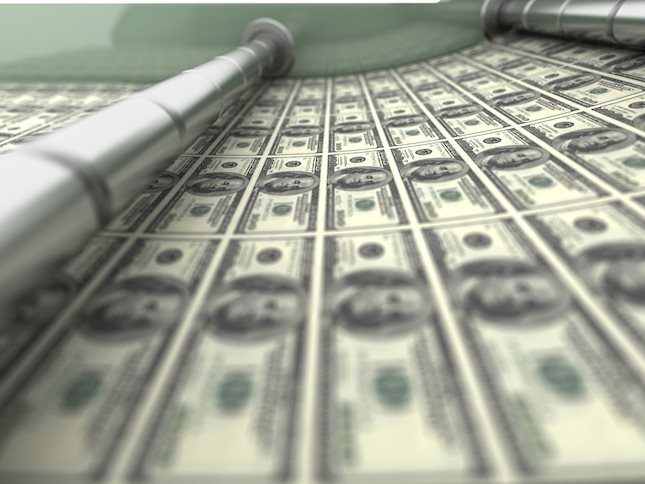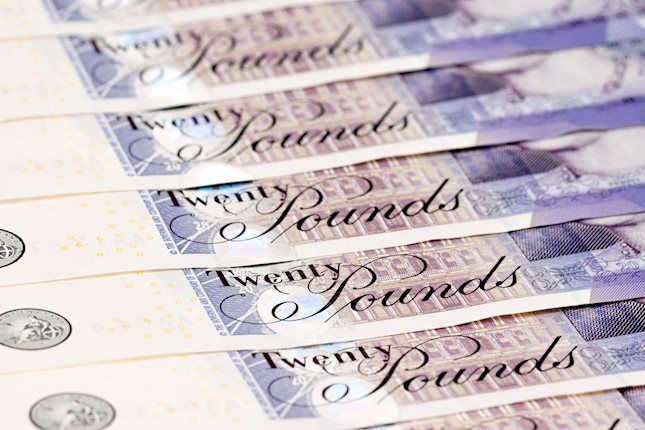US Dollar continues near yearly highs after Powell
- US Dollar retreats after reaching its highest level after labor and inflation data.
- US citizens filing new applications for unemployment insurance last week arrived below expectations.
- The headline PPI for October came in at 2.4%, higher than expected.
- Powell was on the wires and mentioned that he isn't on a rush to cut rates.
The US Dollar Index (DXY), a measure of the value of the USD against a basket of six currencies, softened after hitting a fresh year-to-date high near 107.00. The Greenback has been on a rise in recent days, but profit-taking and disappointing US economic data have led to a slight retracement. The headline Producer Price Index (PPI) for October came in at 2.4% YoY, above expectations of 2.3%, and the PPI excluding Food and Energy rose to 3.1% YoY, also arriving above forecasts. In addition, Jerome Powell was on the wires seen with a cautious stances, mentioning that the Federal Reserve (Fed) will continue making thoughtful decisions.
Additionally, US citizens filing new applications for unemployment insurance was reported at 217K for the week ending November 9, which came in below expectations of 223K. .
Daily digest market movers: US Dollar eases after hitting new annual high due to profit-taking and economic data
- Initial Jobless Claims in the US increased to 217K in the week ending November 9, below estimates of 223K and the prior week’s 221K.
- The seasonally-adjusted insured unemployment rate remained at 1.2%, while the four-week moving average decreased to 221K.
- Headline PPI in the US rose 2.4% YoY in October, exceeding estimates and marking a significant increase from September's 1.9% revised gain.
- Excluding Food and Energy, PPI increased by 3.1% YoY, higher than expectations and the previous reading of 2.9%.
- On a monthly basis, headline PPI and core PPI both rose by 0.2% and 0.3%, respectively, meeting expectations but higher than the previous rate.
DXY technical outlook: Index shows bullish momentum, but overbought indicators warrant caution
The technical analysis of the DXY Index indicates a surge in momentum, driven by strong gains in the Relative Strength Index (RSI) and Moving Average Convergence Divergence (MACD). However, as these indicators approach overbought territory, the DXY may enter a period of consolidation.
The recent surge and subsequent retreat in the DXY suggests that buyers may be taking profits after a strong rally. This could indicate a potential reversal or consolidation in the short term. The 107.00 level has acted as a strong resistance, and its failure to break through on a sustained basis could add weight to the notion of a pullback.
Inflation FAQs
Inflation measures the rise in the price of a representative basket of goods and services. Headline inflation is usually expressed as a percentage change on a month-on-month (MoM) and year-on-year (YoY) basis. Core inflation excludes more volatile elements such as food and fuel which can fluctuate because of geopolitical and seasonal factors. Core inflation is the figure economists focus on and is the level targeted by central banks, which are mandated to keep inflation at a manageable level, usually around 2%.
The Consumer Price Index (CPI) measures the change in prices of a basket of goods and services over a period of time. It is usually expressed as a percentage change on a month-on-month (MoM) and year-on-year (YoY) basis. Core CPI is the figure targeted by central banks as it excludes volatile food and fuel inputs. When Core CPI rises above 2% it usually results in higher interest rates and vice versa when it falls below 2%. Since higher interest rates are positive for a currency, higher inflation usually results in a stronger currency. The opposite is true when inflation falls.
Although it may seem counter-intuitive, high inflation in a country pushes up the value of its currency and vice versa for lower inflation. This is because the central bank will normally raise interest rates to combat the higher inflation, which attract more global capital inflows from investors looking for a lucrative place to park their money.
Formerly, Gold was the asset investors turned to in times of high inflation because it preserved its value, and whilst investors will often still buy Gold for its safe-haven properties in times of extreme market turmoil, this is not the case most of the time. This is because when inflation is high, central banks will put up interest rates to combat it. Higher interest rates are negative for Gold because they increase the opportunity-cost of holding Gold vis-a-vis an interest-bearing asset or placing the money in a cash deposit account. On the flipside, lower inflation tends to be positive for Gold as it brings interest rates down, making the bright metal a more viable investment alternative.
Forex News
Keep up with the financial markets, know what's happening and what is affecting the markets with our latest market updates. Analyze market movers, trends and build your trading strategies accordingly.



